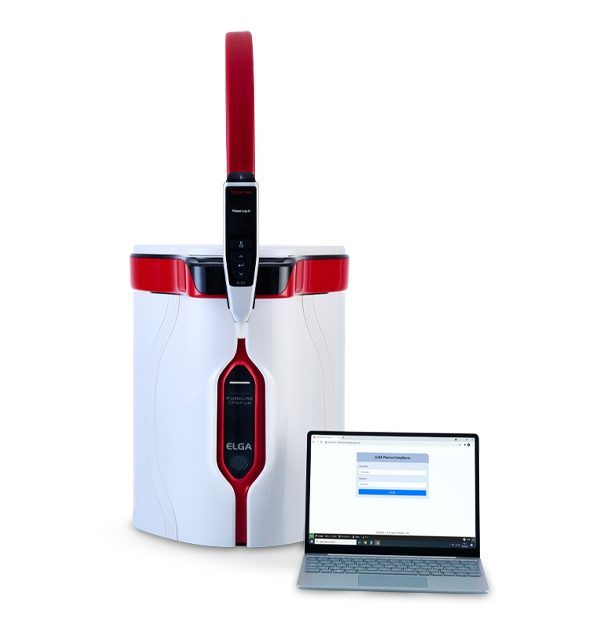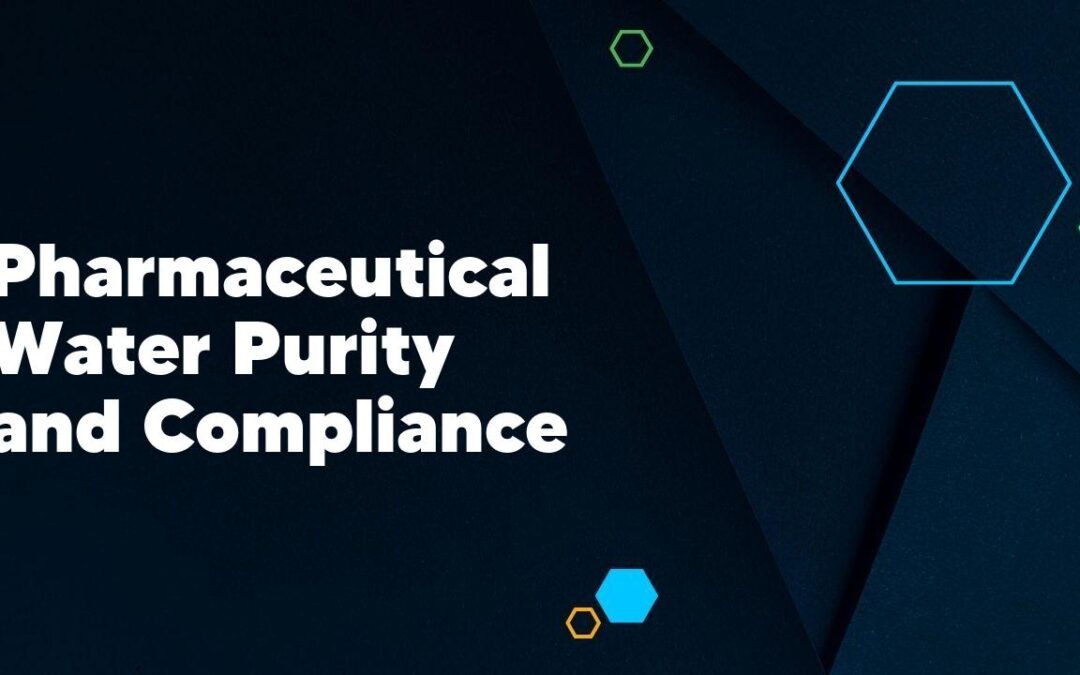This article explores the importance of pharmaceutical water purity and compliance in the pharmaceutical industry. With water being a primary ingredient in the production of medications, ensuring its quality and purity is crucial for the safety and efficacy of pharmaceutical products. The article discusses the regulations and guidelines that govern pharmaceutical water purity, as well as the challenges and technologies involved in maintaining compliance.
1. The importance of water purity in the pharmaceutical industry
As someone who has worked in the pharmaceutical industry for several years, I cannot stress enough the importance of water purity. In this highly regulated and meticulous field, water plays a critical role in the manufacturing process of drugs and medications. Any impurities in the water used can have a detrimental impact on the quality and safety of the final product. Water purity is crucial in ensuring that pharmaceutical drugs meet strict regulatory standards and are free from any contaminants that could potentially harm patients. From the initial stages of drug development to the final packaging and distribution, maintaining water purity is a top priority in the pharmaceutical industry.
2. Understanding regulatory standards for pharmaceutical water quality

Understanding regulatory standards for pharmaceutical water quality is essential for ensuring the safety and efficacy of medications. As a pharmaceutical professional, I have dedicated countless hours to studying the various regulations and guidelines that govern water quality in the industry. These standards are developed by regulatory bodies such as the United States Pharmacopeia (USP), the European Pharmacopoeia (EP), and the International Organization for Standardization (ISO). They outline the acceptable levels of various impurities in pharmaceutical water, including microorganisms, particles, and chemical contaminants. By adhering to these standards, pharmaceutical companies can minimize the risk of contamination and ensure that the water used in the manufacturing process meets the necessary quality requirements.
3. Types of pharmaceutical water and their applications in the industry
There are different types of pharmaceutical water used in the industry, each with its specific applications. The first type is Purified Water, which undergoes a purification process to remove impurities that could potentially affect the quality of pharmaceutical products. It is commonly used as an ingredient in oral medications, topical solutions, and suspensions. Another type is Water for Injection (WFI), which meets the strictest standards of purity and is used in the preparation of parenteral dosage forms, such as injectable solutions. WFI is also used for the reconstitution of powders for injection and as a diluent for intravenous medications. Lastly, we have Highly Purified Water (HPW), which surpasses the requirements for both purified water and WFI. It is used in critical areas of pharmaceutical manufacturing, including the cleaning of equipment, preparation of culture media, and formulation of highly sensitive products such as vaccines.
4. Quality control measures for ensuring compliance with pharmaceutical water purity standards
As the head of the quality control department, my main responsibility is to ensure compliance with pharmaceutical water purity standards. We have implemented several measures to guarantee the quality and purity of our pharmaceutical water. Firstly, we conduct regular testing of the water samples to assess its quality and identify any potential contaminants. We also monitor the entire water system, including the storage tanks and distribution pipelines, to prevent any cross-contamination. Additionally, we have implemented a strict cleaning and sanitization regimen to maintain the integrity of the water supply. Furthermore, we regularly train our staff on Good Manufacturing Practices to ensure they are knowledgeable about the regulations and protocols governing pharmaceutical water purity. Through these rigorous quality control measures, we are able to confidently guarantee the purity and safety of our pharmaceutical water.
5. Challenges in maintaining pharmaceutical water purity and strategies for overcoming them
Maintaining pharmaceutical water purity poses several challenges, but there are strategies that can help overcome them. First and foremost, one of the major challenges is the presence of microbial contaminants in water. These contaminants can lead to the growth of bacteria and other harmful microorganisms, which can in turn affect the quality of pharmaceutical products. To combat this, strict monitoring and testing protocols should be implemented to ensure the water is free from any microbial contamination. Additionally, regular disinfection of the water systems can help eliminate any potential sources of contamination. Another challenge is the presence of chemical contaminants in water, such as heavy metals and organic compounds. To address this, proper filtration systems and advanced water treatment technologies should be employed to remove these contaminants. Overall, by implementing stringent monitoring, disinfection, and filtration measures, pharmaceutical companies can successfully maintain the purity of their water and ensure the safety and efficacy of their products.
6. The future of pharmaceutical water quality assurance and advancements in technology
In the rapidly evolving field of pharmaceuticals, the focus on water quality assurance is of paramount importance. As a scientist in this field, I am constantly striving to ensure that the water used in the manufacturing process meets the highest standards of purity. Advancements in technology have played a crucial role in this regard, allowing us to continually improve our testing methods and increase the efficiency of our water purification systems. From state-of-the-art filtration techniques to cutting-edge monitoring devices, these advancements have revolutionized the way we approach water quality assurance. Looking ahead, I am excited to see where further advancements in technology will take us, as we continue to prioritize the safety and efficacy of pharmaceutical products through rigorous water quality testing.
Conclusion
Overall, ensuring pharmaceutical water purity and compliance is crucial for the safety and efficacy of pharmaceutical products. The pharmaceutical industry must adhere to strict regulations and guidelines to guarantee the quality of their water systems. By continually monitoring and testing water sources and implementing proper filtration and purification methods, manufacturers can confidently produce safe and effective medications for consumers.
What is pharmaceutical water purity?
Pharmaceutical water purity refers to the level of cleanliness and absence of impurities in water used in the manufacturing and testing processes of pharmaceutical products.
Why is pharmaceutical water purity important?
Pharmaceutical water purity is crucial because it directly impacts the safety and efficacy of pharmaceutical products. Contaminated water can introduce harmful substances or bacteria into medications, potentially putting patients at risk.
What are the different types of pharmaceutical water purity grades?
There are several grades of pharmaceutical water purity, including purified water, water for injection, sterile water for injection, and purified water for manufacturing purposes. These grades vary in their level of purification and the specific applications for which they are used.
How is pharmaceutical water purity regulated?
Pharmaceutical water purity is regulated by various regulatory bodies, such as the United States Pharmacopeia (USP) and the European Pharmacopoeia (EP). These organizations set specific standards and guidelines for the quality and purity of pharmaceutical water.
What methods are used to achieve pharmaceutical water purity?
There are several methods used to achieve pharmaceutical water purity, including filtration, distillation, reverse osmosis, and ultraviolet (UV) sterilization. The choice of method depends on the specific grade of pharmaceutical water required and the contaminants that need to be removed.
How often should pharmaceutical water purity be tested?
Pharmaceutical water purity should be regularly tested to ensure ongoing compliance with the required standards. The frequency of testing depends on factors such as the type of pharmaceutical water used, the manufacturing processes involved, and regulatory requirements.

